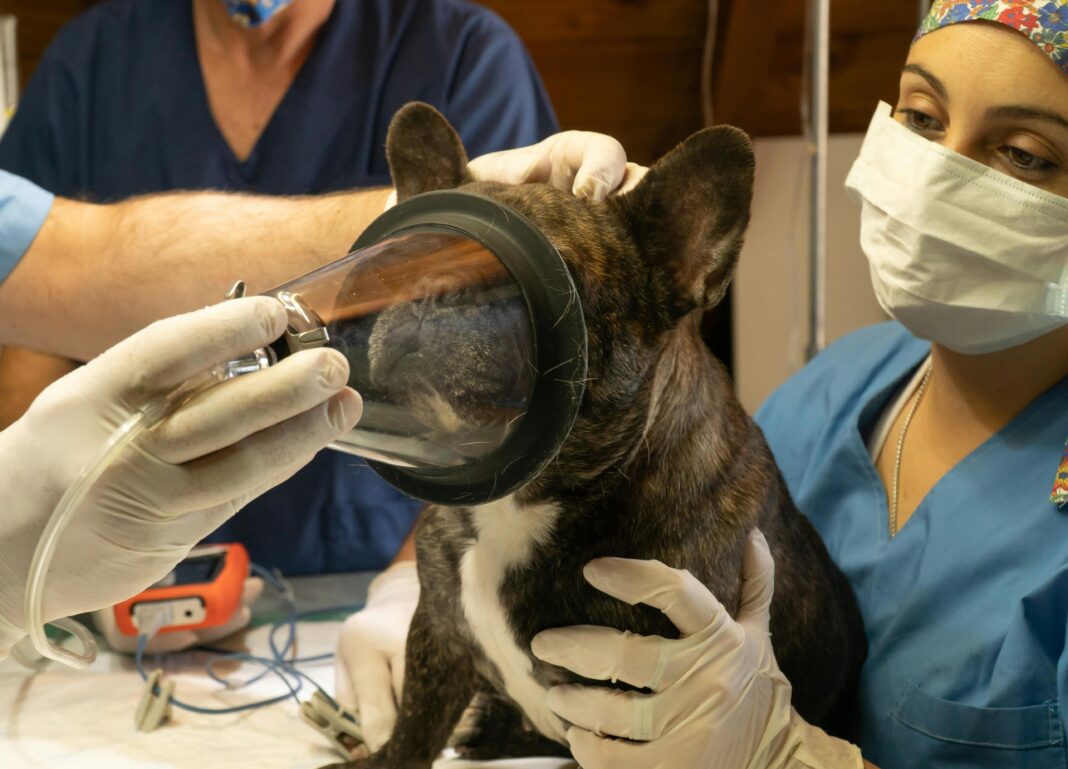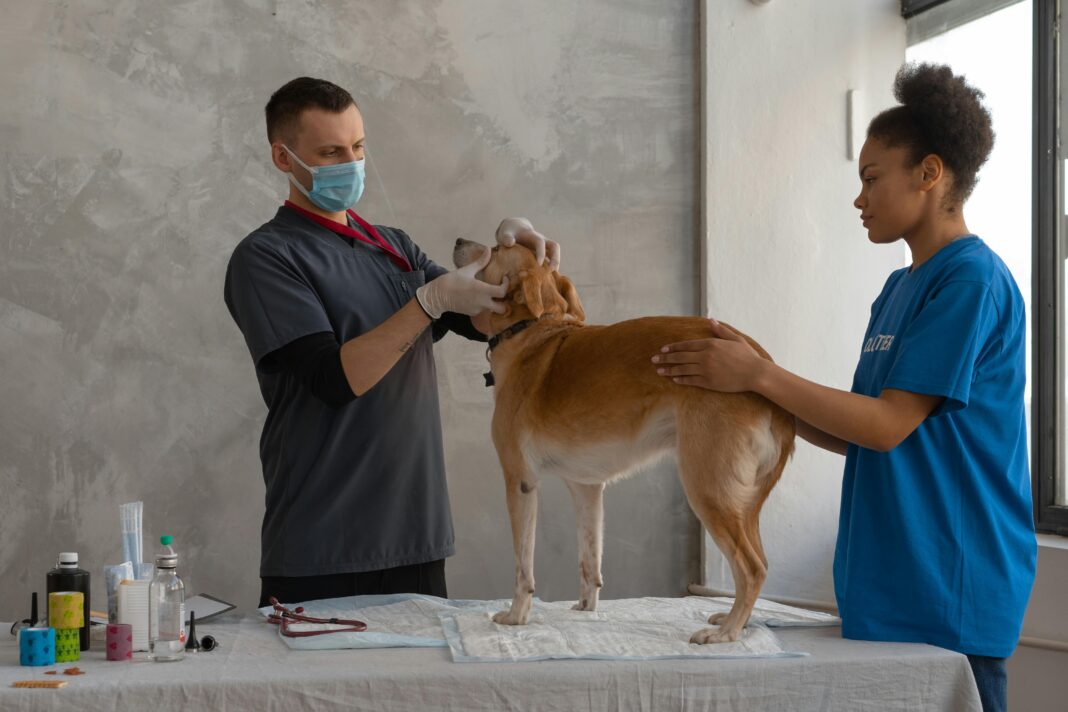Pet obesity is a growing issue that affects millions of dogs and cats worldwide. Just like in humans, excess weight can lead to serious health problems in our furry friends. By understanding the risks, causes, symptoms, diagnosis, treatment, and prevention of pet obesity, pet owners can take proactive steps to keep their companions healthy.
What Causes Pet Obesity?
Overfeeding and Poor Diet Choices
One of the primary causes of pet obesity is overfeeding. Many pet owners struggle to resist those adorable begging eyes, leading to excessive treats and larger portions. Additionally, feeding pets low-quality food high in carbohydrates and unhealthy fats can contribute to weight gain.
Lack of Physical Activity
Pets today often lead more sedentary lifestyles compared to their wild counterparts. Busy schedules and urban living can limit opportunities for exercise, making it easier for pets to gain weight. Inadequate playtime can foster boredom, which may lead to overeating as pets seek alternative forms of stimulation.
Medications and Health Conditions
Certain medications, such as corticosteroids, can lead to weight gain as a side effect. Health conditions, including hypothyroidism in dogs and diabetes in cats, might also result in weight issues. Regular veterinary check-ups are essential to spot these issues early.
Recognizing Symptoms of Pet Obesity
Visual Clues
A healthy pet should have a visible waist and be able to maintain a healthy body condition score (BCS). If your pet’s waist is not discernible when viewed from above, or if you cannot feel their ribs without applying pressure, they may be overweight.
Behavioral Changes
Obese pets often display a lack of energy and enthusiasm for play. They may pant more easily or experience difficulty in performing everyday activities such as walking or jumping. Some may even behave irritable due to discomfort.
Health Consequences
Weight-related issues can lead to various health problems, including diabetes, joint pain, heart disease, and decreased lifespan. Identifying obesity early can help prevent these serious health conditions.
Diagnosis: Is My Pet Overweight?
Veterinary Evaluation
A veterinarian will perform a thorough examination and assess your pet’s body condition score (BCS). This scoring system helps to categorize a pet’s weight and overall health. Blood tests may also be conducted to rule out underlying health conditions contributing to weight gain.
Owner Participation
Pet owners should maintain a weight log, noting their pet’s weight and any changes over time. This information can be invaluable during veterinary appointments and can assist in evaluating how well your pet is maintaining a healthy weight.
Treatment for Obesity: Steps to a Healthier Pet
Structured Weight Loss Plans
Developing a tailored weight loss plan with your veterinarian is crucial. This may include a balanced diet with reduced calories and increased nutritional value, which can help your pet lose weight safely over time.
Increased Physical Activity
Incorporating more exercise into your pet’s daily routine is essential. Start with short walks and gradually increase the duration and intensity. Engaging in playtime with toys or local dog parks can also promote physical fitness.
Monitoring Progress
Regular weigh-ins with your vet will help monitor weight loss progress. This ongoing assessment allows adjustments to the diet and exercise program, ensuring it remains effective.
Preventing Pet Obesity: Proactive Measures
Regular Vet Check-ups
Annual veterinary visits are key in catching weight issues early. Regular check-ups allow for weight assessments and discussions about nutrition and health.
Balanced Diet
Invest in high-quality pet food that meets your pet’s age, activity level, and health condition. Consult your veterinarian for recommendations that can benefit your pet’s specific needs.
Portion Control
Measure your pet’s food servings and avoid free feeding. Understanding and adhering to feeding guidelines on food packages can help regulate their caloric intake.
Engage in Regular Play
Devote time each day to interact with your pets. Activities like fetch, tug-of-war, or even dance can make exercise fun. Engage them with interactive toys that stimulate both mind and body.
Conclusion
Pet obesity is preventable and manageable with awareness and proactive measures. By understanding its causes, recognizing the signs, and committing to a healthier lifestyle for your furry friends, you can improve their quality of life and ensure they remain happy and active companions. Remember, a few minor adjustments can lead to significant health benefits for your beloved pets.





